What if we viewed lived experience as an asset? As an asset of professional, economic,…
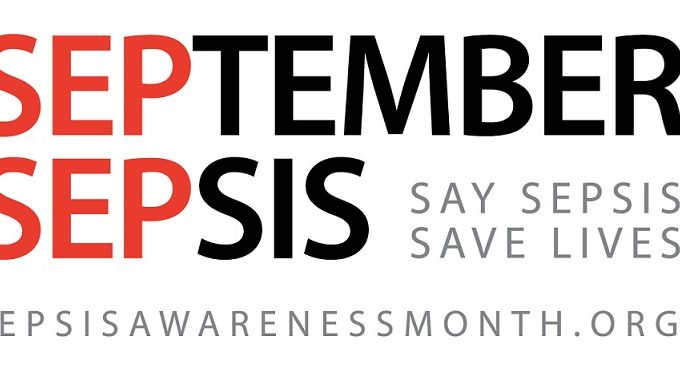
Awareness Weeks, Months & Days in September
Well back to blogging but on my new website. I thought I’d do a post about a few awareness days/weeks/months that are current this month or fall this week.
Sepsis Awareness Month
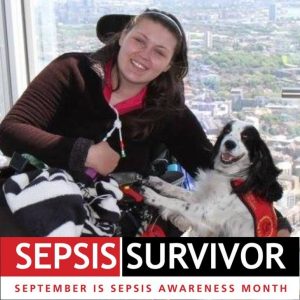
First off, September is Sepsis Awareness Month. I’ve survived sepsis 13 times. Yes, 13 times. That doesn’t count all the dozens and dozens of other infections we’ve caught before it becomes, or is on the cusp of sepsis. I am a sepsis survivor. Not many people can say they’ve survived sepsis 13 times. Especially not when you consider it’s been over the course of just 5 years. I am both incredibly lucky, but also incredibly unlucky. Lucky to have survived so many times but unlucky to have had sepsis so many times. Fortunately my cases have always been caught fairly early, I’ve fought for my life against sepsis but aside from mild aspects of post-sepsis syndrome, I’ve come away relatively unscathed – no permanent sepsis-induced organ failure, no amputations, no tissue damage/loss and to have survived full stop. This is down to the exemplary care I have received from our NHS. They have always caught it before it becomes deadly, as they have immediately recognised it is sepsis (based on observations and symptoms), taken urgent cultures (peripheral blood cultures, central line blood cultures, urine cultures, swabs), started multiple IV antibiotics, commenced fluid resuscitation and administered IV Paracetamol as soon as possible and also given oxygen when needed. Because of this, I’ve survived each time, and survived relatively unscathed. This is all the more amazing when you consider my body doesn’t react normally to infection. I can go from fine to fighting for my life in a matter of a few hours. My immune system won’t react to the infection, thus I get little to no symptoms (or very non-specific symptoms like increased fatigue, mildly increased breathlessness and joint aches) and then all of a sudden my immune system will go haywire as the infection is taking over and only then do I spike a temperature and get the symptoms of the infection. This can happen in the space of as little as 45 minutes.
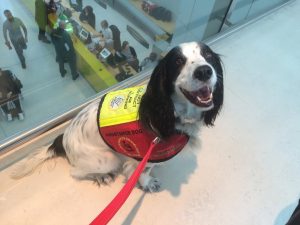
However, I do have one tool at my disposal, and it’s not what you think. It isn’t any machine, biomarker or monitor, it is in fact my Assistance Dog Molly. Molly can smell the changes in my body and will alert me 3 or more hours before my temperature spikes – which, as I’ve just explained, comes very late in my presentation. It can’t always be the infection she can smell, as the main cause of my sepsis – the cause of 8 of my episodes of sepsis – is an infection that I always have in my body, that is incurable, is always affecting my body and causing symptoms and flares up and down frequently without always causing sepsis, which is the e.Coli in my kidneys and Ileal Conduit. This infection plagues my everyday life with kidney pain and disgusting urine, it is ever present. So it’s not necessarily always the infection she can smell. I personally think it’s the immune cells and inflammatory chemicals (i.e. cytokines) that Molly can smell as they are rapidly being produced and then course through my veins and around my body, causing a change in odour in me. She reliably gives this alert 3-4 hours before my temperature spikes and I become seriously ill. She does this by licking my hands and wrists, but not gently, it’s like she’s in a trance, the licking is quite violent, and nothing I do will stop her – she will climb over me/my laptop to get to my hands, dig them out from under a blanket, she will do anything to get to them. She will then proceed to fussing around my mother or my nurse (if Mum isn’t here) and running between my room or where I am and where they are, barking and running back, sometimes even giving a hug on a trouser leg. She will not rest. If we’re out and about and she’s working and so she’s on a lead, she will keep jumping up on with her front legs on the arm of my chair, pulling at my left arm until I lower it off the arm rest and then will do her licking routine. She will also keep trying to get to my mother or nurse to ‘warn’ them. Isn’t it incredible? Well, you’ll find it even more amazing when you find out Molly isn’t trained to do this. She’s never had training in this alert and often it isn’t reinforced. Yet, she’s picked up on it and worked out how to alert us to the brewing infection and it’s potential complication of sepsis; three to four hours before I get symptoms. It’s mind-blowing. Molly is trained to do physical tasks to help me such as picking up dropped items, fetching help in an emergency, loading and unloading the washing machine, helping to undress me, fetching items such as the phone and post and so much more. This is a huge help to me, making me more independent. Dog A.I.D. supporting me to train Molly to become my Assistance Dog has been life-changing and transformative, but Molly is also a life-saver with her medical alert. She gives me the warning to seek treatment (usually driving up to The Royal London A&E as my main team are based there and my care there is always second to none), and thus try and prevent it before it becomes life-threatening, or at the very least, I know to monitor my temperature and possibly other things like heart rate, saturations, blood pressure and respiratory rate, and can be prepared, so that as soon as I can feel I’m getting hotter we can go to London or I can phone my GP or phone 111 and try to get IV antibiotics prescribed so I prevent an admission (I have a permanent central line, home intensive care nurses who can administer them although my mum is also IV/line trained, and often have IV antibiotics at home, and I’m under palliative care and my preferred place of care is at home). For example, in July I had sepsis from the e.Coli in my kidneys. As usual I got poorly on a Friday night (well, early hours of Saturday morning) and so we headed to the Royal London and once again, faultless care and quick action caught the sepsis early, started me on 3 separate IV antibiotics and I needed some fluid resuscitation, also had IV Paracetamol, and did scans, cultures etc but as A&E knew me they asked what I thought it was and I said I thought it was urosepsis (it felt like it, plus I wasn’t vomiting and I don’t tend to vomit with urosepsis but I do with central line sepsis) and my observations improved with their swift action. 24 hours later I was feeling better and knowing I was off to a festival in a few days time, the excellent team at RLH who know me so well got me home on IV antibiotics on Sunday evening (I already have IV fluids and IV Paracetamol at home anyway plus my TPN, so there was nothing they were doing in hospital that couldn’t be done at home), on the agreement that if my central line cultures came back positive I’d come back in, or if I started to deteriorate I’d come back in, and a few days later off I went to WOMAD festival whilst on IVABs and IV Paracetamol and additional IV fluids to top up my TPN. And I had an amazing time. See more on my blog about WOMAD here.
The sad thing is, it is always when I next get sepsis and not if. I also know that it’s likely an infection causing sepsis will end my life before my condition has the chance to. However, for now I celebrate surviving sepsis 13 times and celebrate the outstanding care I receive at The Royal London and more generally from all sectors and departments of the NHS. I owe them my life.
I wanted to share this as it is important to me to raise awareness of sepsis, and shout from the rooftops about the outstanding care I receive. I’m alive thanks to the NHS and the staff within it who’ve treated me, cared for me, the doctors, the nurses, the HCAs, the scientists working in the labs, the radiographers, phlebotomists, technicians, therapists, domiciliary staff, managers and so on. Thank you all for playing your part in saving my life, but also giving me the best possible quality of life, too. I also want to raise awareness of how incredible dogs are, and share with you Molly’s life-saving skill. Molly also alerts a friend of mine to her diabetes when we see her, always nudging Mandy when her blood glucose starts to drop, which is equally as amazing considering she isn’t around Mandy all the time. Dogs are amazing and you can understand why the police use working cocker spaniels like Molly for their scent detection work, sniffing out bombs/IEDs, drugs, money and more and why the fire service use working cockers to detect accelerants at the scene of a fire. They’re amazing. And they have such a wonderful work ethic, they love to work, to help, to do their job, with great enthusiasm, commitment, dedication and joy.
Pain Awareness Month
September is also Pain Awareness Month. Chronic or persistent pain is horrendous, as is acute pain, pain full stop is horrendous to experience. However, chronic/persistent pain can have a devastating impact on people’s lives. It has my own. I am never out of pain, ever. Even when I sleep the pain is constantly waking me up – and tiredness makes pain even harder to cope with. This is despite high doses of the opioid painkiller Fentanyl and intravenous Paracetamol. The Fentanyl takes the edge off certain pain – for example, my abdominal pain (from Chronic Intestinal Pseudo Obstruction (CIPO) and type 3 irreversible intestinal failure) used to be the bane of my life, it was crippling, unbearable. Yet, Fentanyl – which usually doesn’t always work very well for gut pain in conditions like CIPO – has dulled the gut pain right down to the point I only notice it on really bad days. Yes, I also use distraction, mindfulness and other tools, but the Fentanyl keeps the pain at a level where if I think about it, yes I have gut pain, but otherwise I barely notice it’s there. I also have an extremely high pain threshold which helps. However, the pain in my spine and sacroiliac joints from the degenerative disease, Kyphoscoliosis, osteoporosis and sacroiliitis is barely touched by the Fentanyl. The spine/SI pain plagues my every moment. It’s there, I can’t ever escape it. Some days it’s more unbearable than others, but generally, it’s barely tolerable even on a good day. I struggle immensely as a result. The Fentanyl will just about take some of the edge off, but it doesn’t make a hugely noticeable difference. That’s not to say it doesn’t help (or I wouldn’t take it) but the effects are minimal, especially compared to the huge reduction in my gut pain thanks to the Fentanyl. I’m sick and tired of being in pain: it’s the worst aspect of my illness by a long shot. And my condition will end my life very prematurely, so that’s saying something. Really my biggest worry should be how long I have left to live and yet the pain bothers me more than that. Then again, I’ve always valued quality of life over quantity, and pain does reduce your quality of life, even though I don’t give in to the pain or avoid doing things because of the pain, the fact I’m in unbearable pain 24/7 does hamper my quality of life to a degree.
Pain is a drain on the brain. It affects your concentration, thoughts, feelings, mood, cognition, experiences, memories and ability to switch off and/or sleep. Your brain is constantly bombarded with endless pain signals and that’s exhausting.
It’s pain awareness month. If you live with chronic or persistent pain, then I send you a virtual hug. Unless you live it, you can’t imagine how hard it is being in pain 24 hours a day, seven days a week, 365 days of the year.
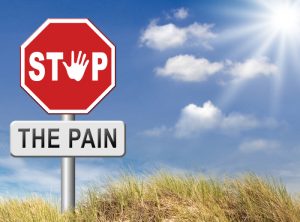
Mitochondrial Disease Awareness Week
This week it’s Mitochondrial Disease Awareness Week. Now, you may be wondering why I’m writing about it. Well, after being undiagnosed through childhood despite all I had wrong with me, I was diagnosed a few days after my 15th birthday with Hypermobile Ehlers-Danlos Syndrome. However, my condition kept on extending way beyond EDS and progressing and presenting very different to an EDS case would (even considering the huge variation in symptoms and presentation of EDS in different people), and as a result, I was eventually referred to the National Rare Mitochondrial Disease Service at Queen Square (NHNN). In 2016 I saw Dr Ros Quinlivan and she suspects I could have a Mitochondrial Disease. The standard Mitochondrial genetic screening has come back negative but she still believes it could be Mito, but in her words, whatever I have is “rare, ultra-rare or unique”. I’m awaiting muscle biopsy results and have been recruited to the 100,000 Genomes Project (along with mum for comparison) to have my genome sequenced. I do hope this will lead to a diagnosis.
What is Mitochondrial Disease?
Mitochondrial Disease is a Disease in which there is a problem with the mitochondria, which are the power houses or energy production units within our cells. In Mitochondrial Disease, there is a mutation in either the mitochondrial DNA or the nuclear DNA, causing defective mitochondria. You see, our mitochondria have separate DNA to the DNA in all our cells (“nuclear DNA”) and the mitochondrial DNA is inherited entirely from the mother, unlike nuclear DNA in which you inherit genes from both parents. However, there are also genes in the nuclear DNA which impact on the functioning of the mitochondria, hence a Mitochondrial Disease can arise solely in the mitochondria or it can be caused by mutations in the nuclear DNA that impact the mitochondria. Mitochondrial Disease comes in various forms but there are many patients who never know their specific form of Mitochondrial Disease or who have a mutation not seen/documented before in other patients. So little is known about Mitochondrial Disease and it is a rare, often progressive, often life-limiting and completely life-affecting.
Fingers crossed I will eventually get a diagnosis, be it a form of Mitochondrial Disease or if it’s another neuromuscular/genetic condition entirely. I just hope we’ll find out. It won’t change my treatment but knowing is important.

Jeans for Genes Day
Finally on Friday 21st September it’s Jeans for Genes day, where people wear jeans for the day in return for a donation to Jeans for Genes which is disseminated to various genetic disorder charities.
Whatever I have is a genetic condition, albeit it’s likely not been inherited from my parents and instead is what is known as a “spontaneous mutation”. However, it’s definitely ‘in my genes’. Unfortunately I won’t be able to wear jeans on Friday (it’ll be clear why once Friday comes) but I will support the campaign by making a donation and also I am raising awareness through this blog.
So, apologies for such a long blog but I wanted to get back to blogging now my new website is ready and also wanting to raise awareness of things close to my heart. This is the result.
Thank you for reading and please do wear your jeans on Friday and make a donation to Jeans for Genes.
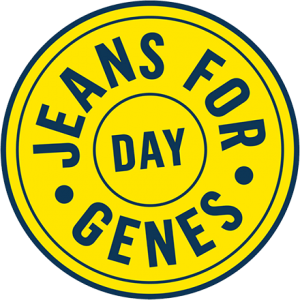


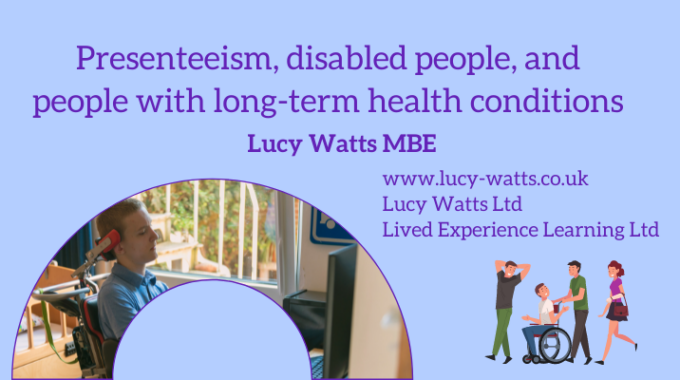
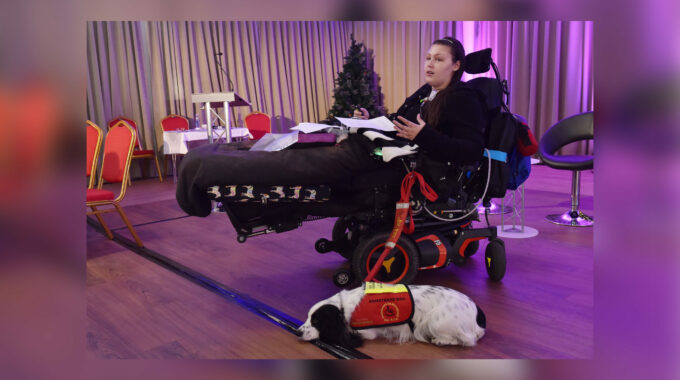
This Post Has 0 Comments